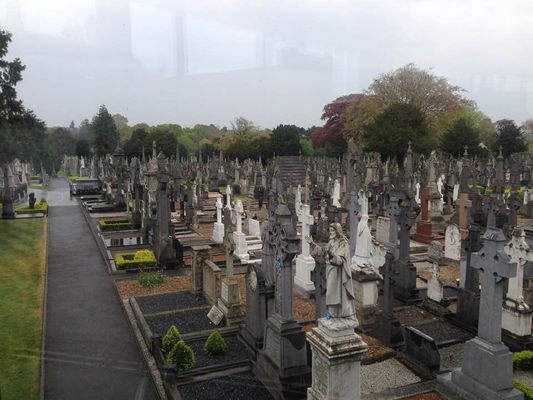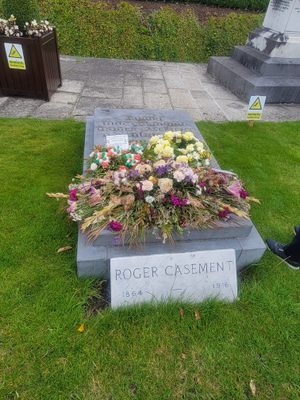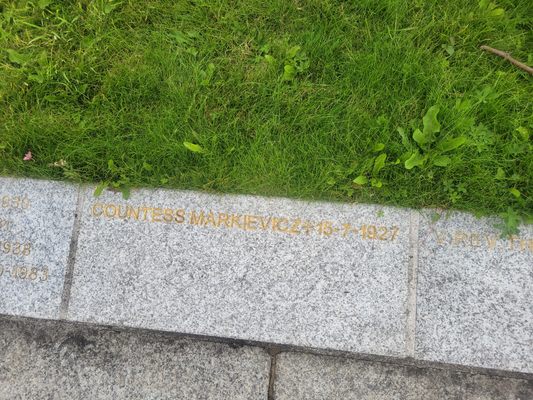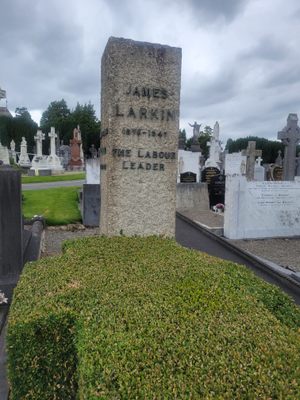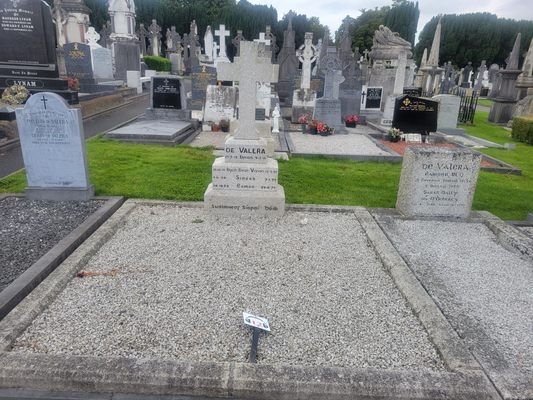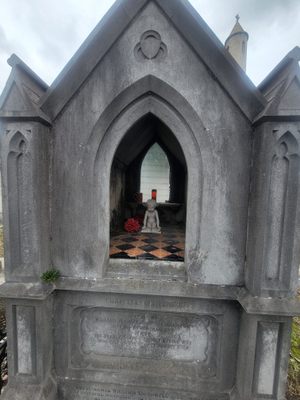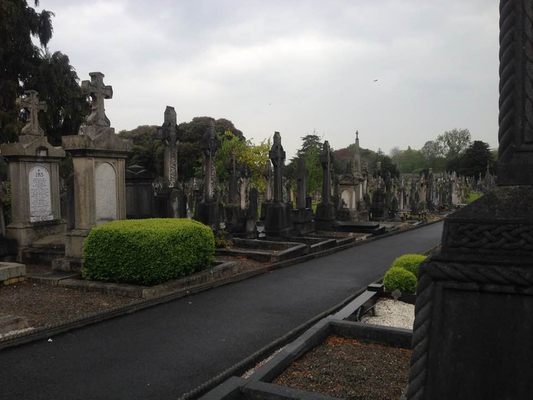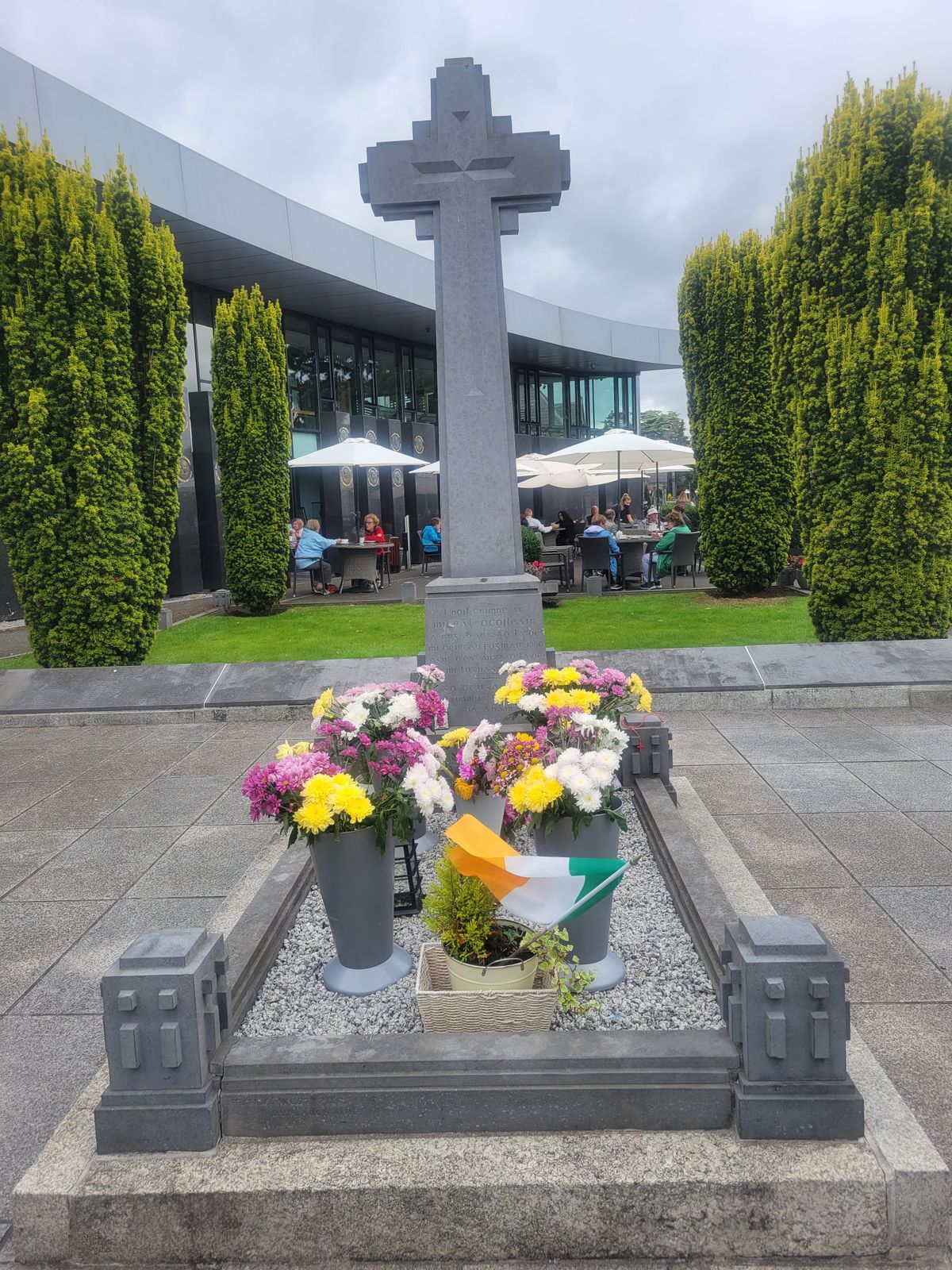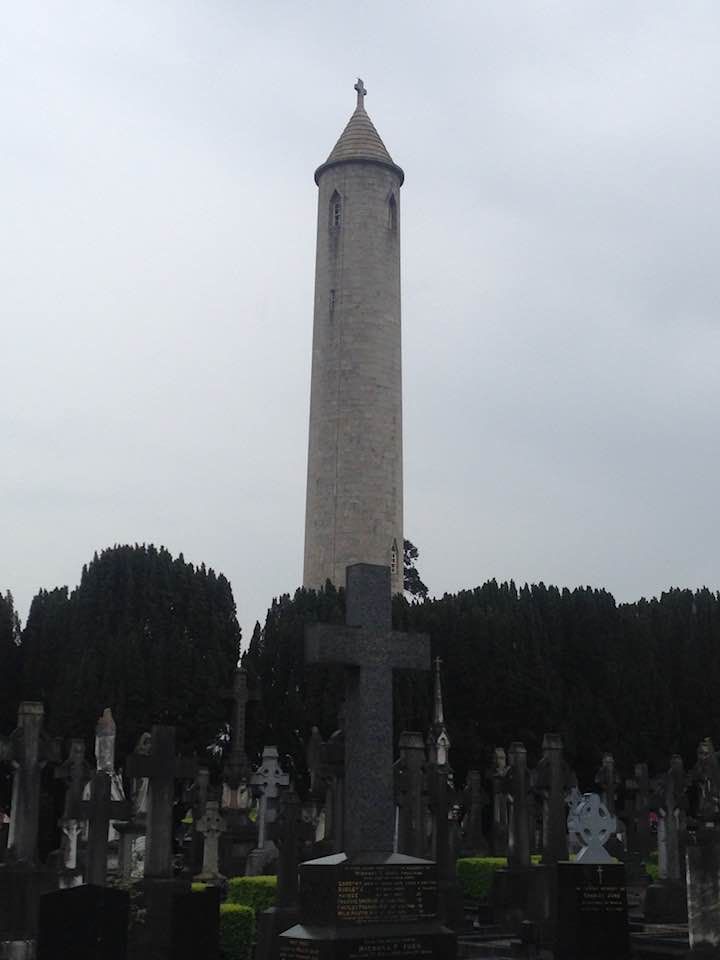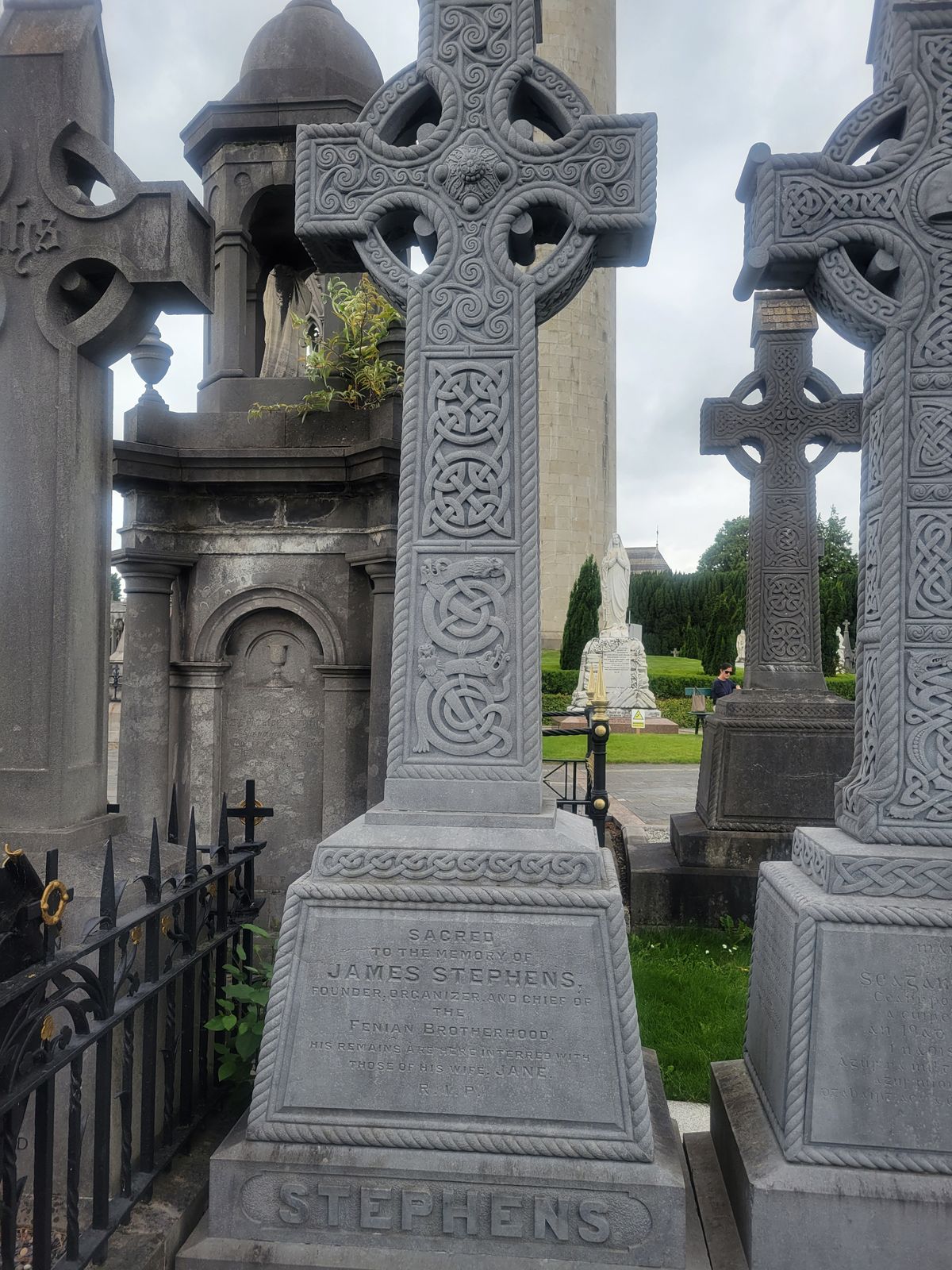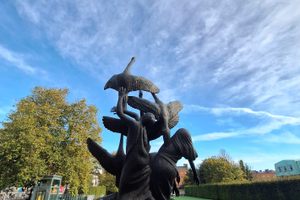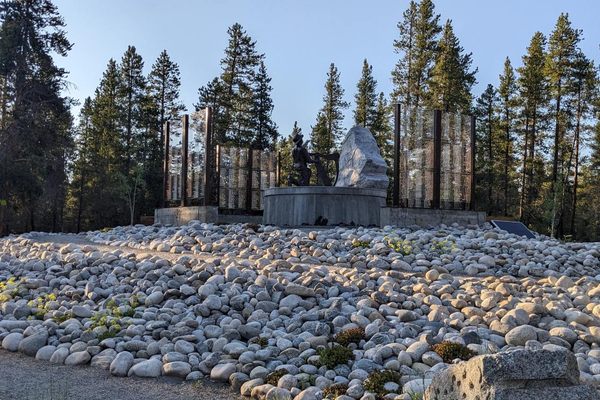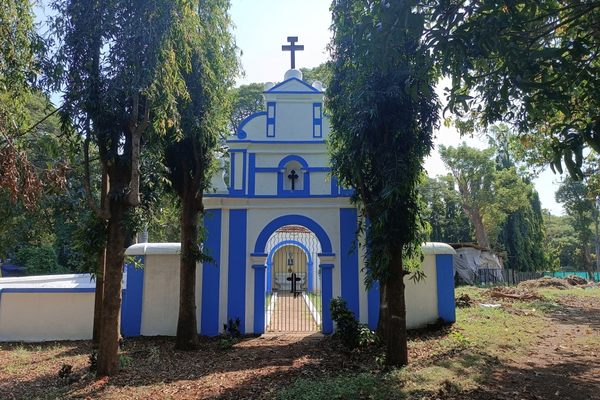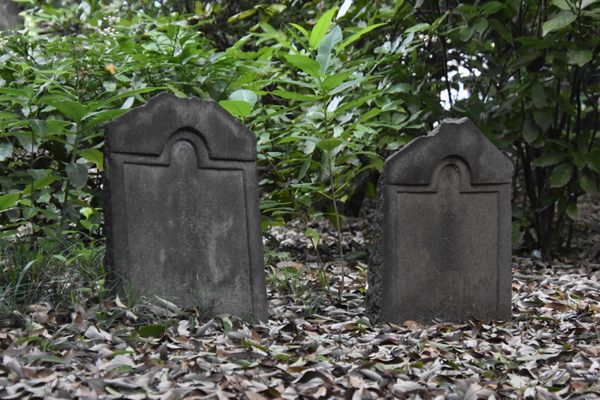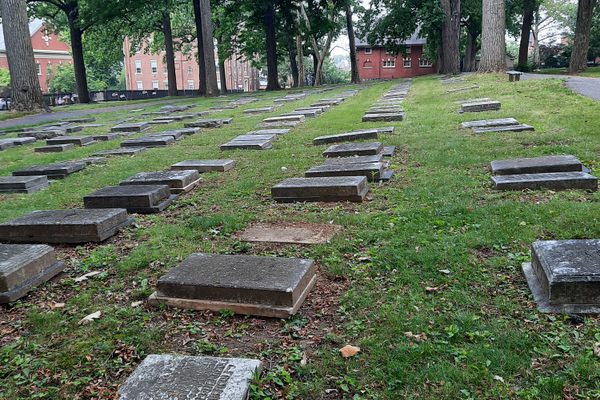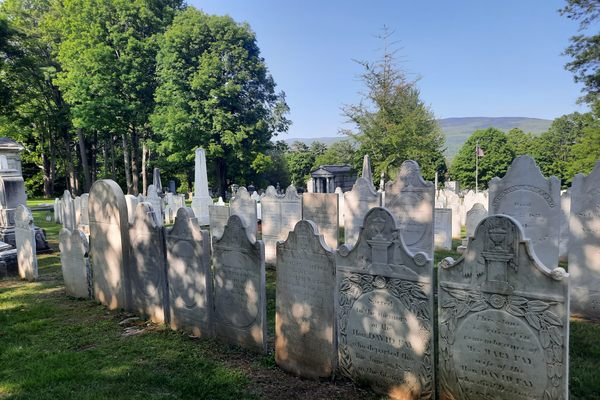About
The largest cemetery in Ireland, Glasnevin Cemetery is home to an estimated 1.5 million burials and holds the graves of some of the most significant figures in Irish history. These range from the legendary Irish novelist Brendan Behan, to Éamon de Valera, former president of Ireland. Perhaps the most visited gravesite is that of Michael Collins, the 20th Century revolutionary and politician who fought for Irish independence.
The cemetery is also home to O’Connell Tower, the largest round tower in Ireland, which contains the remains of the 19th-century Irish political leader Daniel O’Connell. He was known as ‘The Liberator," and founded the Catholic Association. He was also known for championing Catholic liberation throughout the British empire.
The tower opened in 1869 but was sadly destroyed in 1971 in a bomb blast.
During the 1990s, a clean-up operation began, and in 2009 the marble crypt at O’Connell Tower was restored. By 2018, the tower and its 222-step staircase had been fully repaired and was opened to the public. The top of the tower shows off impressive views of Dublin, Meath, and Wicklow reaching out over the Irish Sea. Though O'Connell's heart is buried in Rome, the remainder is laid to rest here in a crypt adorned with murals of Celtic imagery.
The Glasnevin Cemetery Museum opened in 2010 and became the first cemetery museum in the world. One of the exhibits visitors can walk around today is the City of the Dead. This immersive display is set in the basement and allows visitors to walk around the graveyard, watching the work of those involved in the burial process.
Visitors may notice the high walls that surround the 124-acre grounds. These were constructed as a deterrent to grave robbers. The cemetery has several areas that are designated for outbreaks of certain disease epidemics, they include smallpox, cholera, and typhoid. Unbeknownst to authorities, the latter area was constructed over underground springs that supplied the local areas with water. Thus spreading the disease even further.
The Milestone Gallery includes displays about historical figures, beginning with Daniel O’Connell. Regular tours of both the museum and cemetery are available.
Related Tags
Know Before You Go
There are several bus routes that runs directly from the City Centre into Glasnevin and Finglas. But, it might be a better idea to catch a taxi to the cemetery or walk from the Drumcondra DART station, about a mile and a half from the cemetery, if you unsure of where you are located in the city. If you choose to combine this with a visit to the adjacent Botanic Gardens, there is a connecting gate, so bus routes to either venue are available. Ask the bus driver if the route passes the Botanic Gardens or the Glasnevin Cemetery.
Community Contributors
Added By
Edited By
Published
October 23, 2020
